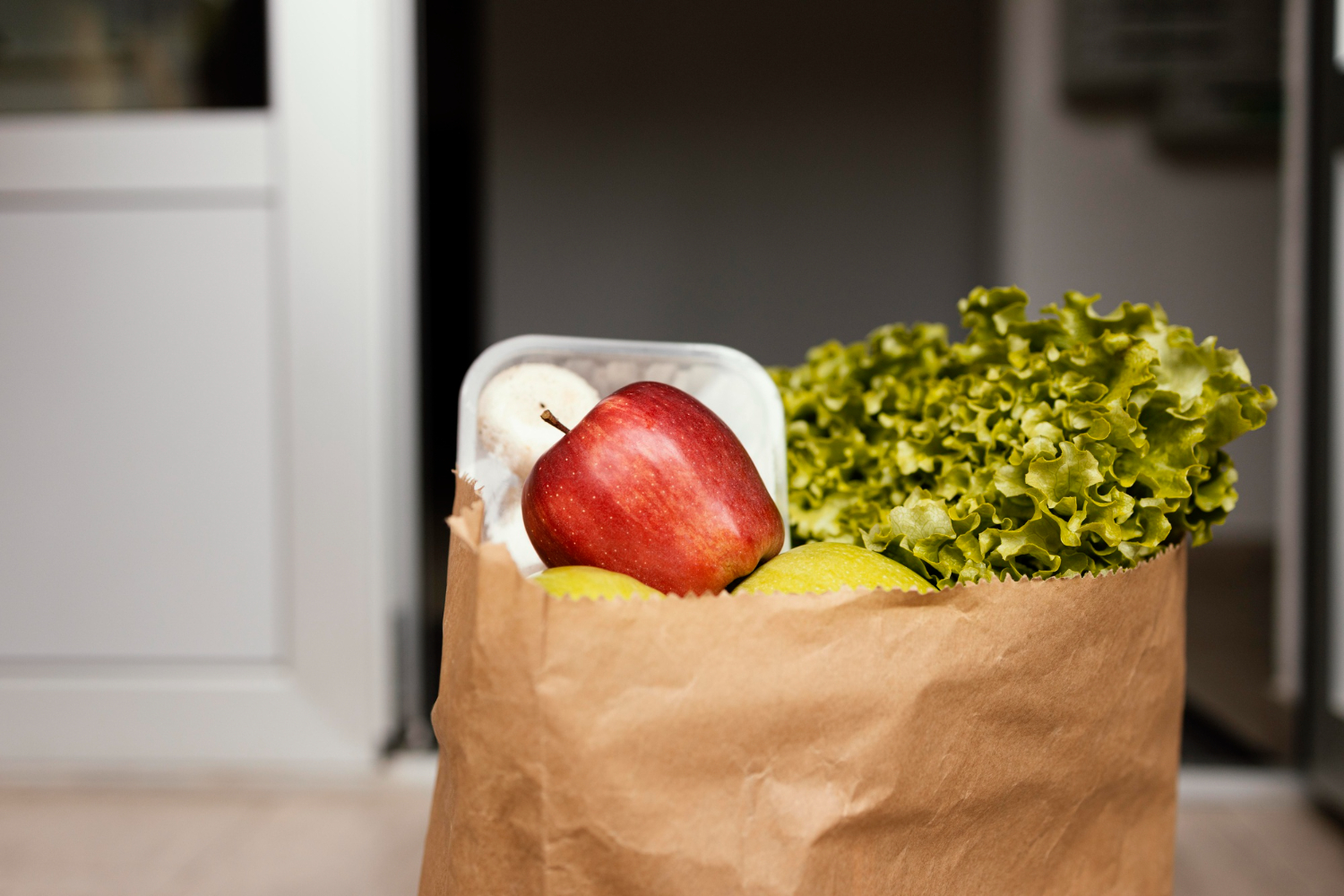It’s easy to be forgetful from time to time. We’ve all locked our keys in the car by accident. Or left a piece of meat in the refrigerator a few days too long. But some kinds of forgetfulness have more serious consequences than others. Food safety neglect is not the kind forgetfulness you want to take lightly. Because mistreating your food could result in you, your guests, or your customers falling very ill. That leads to more than just an unpleasant trip to the doctor’s office. It could also mean some pretty heavy duty lawsuits. So don’t take food preservation lightly! For your information, here are all the conditions in which bacteria grow and contaminate your food. (Related Topics: Florida Food Handlers Certificates, Florida Food Handlers Card, Florida Food Handler Certification)
Acidity Levels:
If your food is between a pH level of 4.6 and 7.5, you should not eat it. When food is within this range of acidity, pathogens can grow and spread. The longer you wait, the more they spread and the more damaging they can be to your body if consumed. The best way to control the acidity level of your food is to store it in a sealed can. Canned foods are safe to consume because the containers regulate the acidity of the food.
Temperature:
This is a factor that most people know matters. But many don’t know the details as to at what point they’re violating the rule. If your food is left between 4 and 60 degree Celsius, dangerous bacteria can grow on the surface and also inside. Once again, the longer food is left out, the more bacteria will grow. Once it’s there, freezing will not kill the bacteria. So keep that in mind if you decide to put some food back in the freezer after it’s been left out.
Oxygen and Moisture:
It’s for this reason that you should not leave your food out on the counter to defrost. As the ice melts into liquid, you will be exposing your food to oxygen over a long period of time. By the time you eat it, there’s no real telling whether you’ve already contaminated it or not. Instead, either store it in the refrigerator for a few hours, or place it in water an hour before cooking. The goal is to minimize the amount of time in which you expose the food to moisture and oxygen. You can also dry the food if moisture if of greater concern.
What Kills Bacteria So Food Becomes Safe To Consume Again:
There are a few different methods, each that works for certain types of food. Drying foods works well because it removes the moisture, which, as we mentioned, allows for dangerous organisms to multiply. By drying food, we slow down this multiplication. Freezing foods also stops bacteria and pathogens from spreading because the food will be below the range of temperatures in which the bacteria can multiply. However, freezing will not kill the bacteria. In order to kill them, you’ll have to cook the food.
For more food safety tips, call Ken Kuscher at 561-703-7196 to sign up for a food safety certification course.





